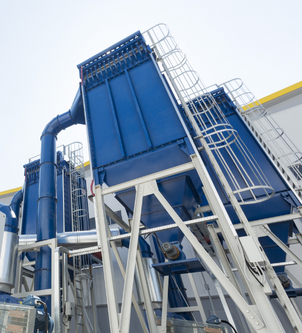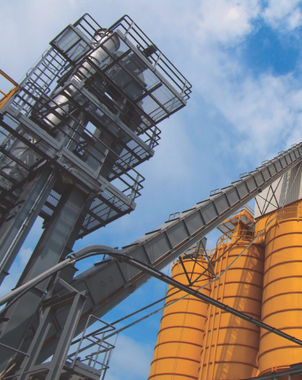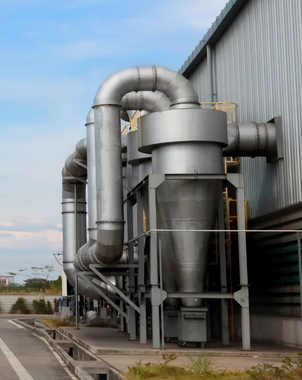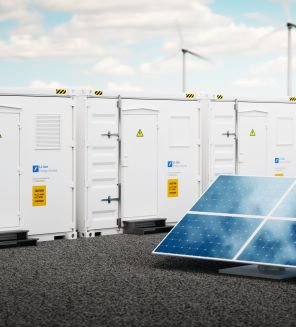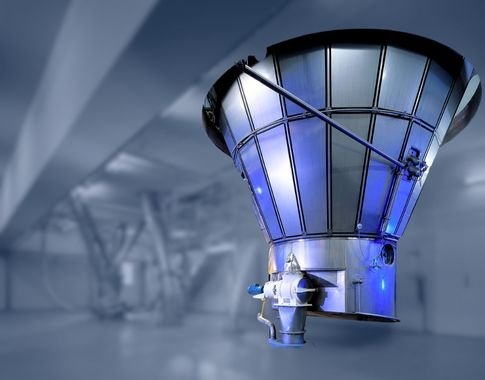Explosion Protection For Dust Hazards
A dust explosion can result in significant downtime, insurance increases, fines, equipment and building damage, and worst of all, harm to employees. Fike’s ability to identify your hazards and provide the required solutions protects both your business and its workers from the dangers of combustible dust.
Industrial explosions and fires from 2019 to 2023 (source: dustsafetyscience.com) include:
If your facility or equipment handles combustible dust, you're required to:

Protect workers from explosions or fires resulting from a combustible dust incident.

Comply with standards and regulations concerning combustible dust hazards and protective methods.

Document and submit upon inspector’s request how fire and explosion safety is achieved and maintained.

We help you meet these obligations through the following steps:
Tell Us Your Problem
Talk with a Fike consultant to discuss your risks and safety goals and begin to develop an action plan.
Meet Fike ConsultantsConduct Risk Assessment
Fike may complete a Dust Hazard Analysis or Explosion Protection Document to strategize how to reduce the risk of combustion.
Schedule a Fike DHA/EPDDefine Protection Strategy
If explosion protection is required, Fike will walk you through our recommended solutions based on reliability and cost.
Build Your Protection SystemDesign & Implement Systems
Fike will design a system for your unique process and may install, commission and service the explosion protection system.
Contact A Fike RepresentativeRisk Assessment
If your facility stores, handles or processes combustible materials, NFPA and ATEX standards require a risk assessment to be completed and documented into a final report. Learn how our team can help complete each process of a risk assessment, including identifying your hazards, analyzing your dust, reviewing your safeguards and prioritizing recommendations - all documented in an easy-to-read report for your use and to comply with your regional standards.
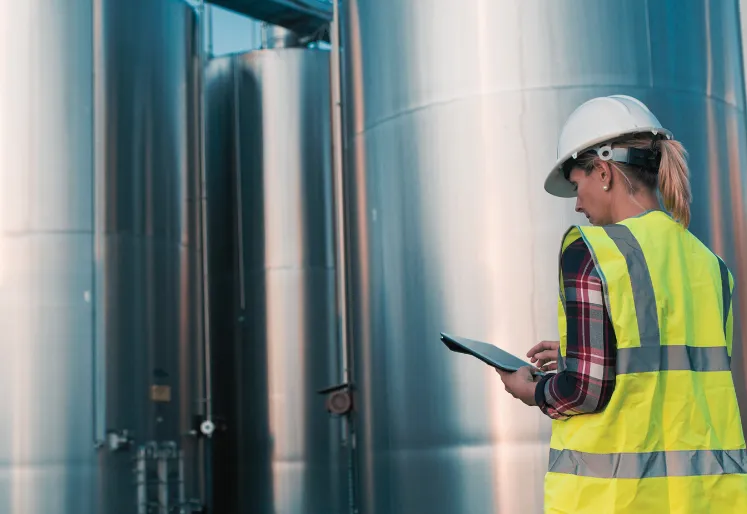
Selecting The Right Explosion Protection Partner
When searching for an explosion protection provider, do you know which services are important to your business? Do you know the right questions to ask?
Fike partnered with the team at Dust Safety Science to create the following checklist which details all of the capabilities an explosion protection provider should possess to help you reach combustible dust safety.

Are you ready to take the next step?
We are here to answer any of your questions with no obligation or help you begin to develop an action plan.
Already know what you're looking for?
Explore Fike's explosion protection solutions, including our deflagration vents, isolation valves, suppression systems and more.

